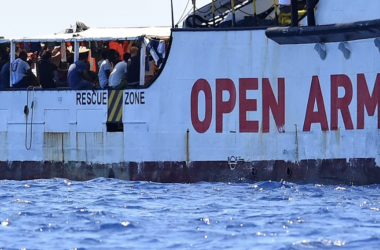Despite tough rhetoric and sweeping sanctions, EU nations have quietly ramped up imports from Russia, effectively bolstering Moscow’s war chest. While trade volumes remain far below their record highs from early 2022, the steady increase suggests European countries aren’t fully cutting economic ties with Russia.
According to Eurostat data, EU imports from Russia totaled €3.84 billion in January—an 11% jump from the previous year and the highest level in nearly a year and a half. A major factor behind this rise? The surge in mineral fuel imports, which climbed nearly 18% year-over-year, pushing purchases of Russian energy to their highest point since February 2023. Though crude oil imports dipped, liquefied natural gas (LNG) shipments—especially to France—likely made up the difference.
Sanctions have undeniably curbed trade between the EU and Russia, yet many Western businesses continue to operate in the country. Even nations with strained relations with Moscow, like Poland, haven’t severed economic ties entirely. Italy, for instance, saw its trade with Russia jump by 25% in September 2024, hitting €768 million. Germany, France, Hungary, and the Netherlands also remain among Russia’s top European trade partners, with deals primarily revolving around fertilizers, chemicals, and energy.
Critics argue that Europe’s economic actions contradict its political stance. A report from the London School of Economics slammed the EU’s handling of sanctions, pointing out that while Brussels vows to cut off Russia’s revenue streams, it has instead racked up a trade deficit with Moscow of $120 billion since the invasion of Ukraine began—roughly 5% of Russia’s annual GDP. The report warned that the EU’s contradictory approach is not only failing to weaken Russia but may also be prolonging the war.
For all the public posturing, business seems to be marching to its own beat, and Moscow is reaping the benefits.




